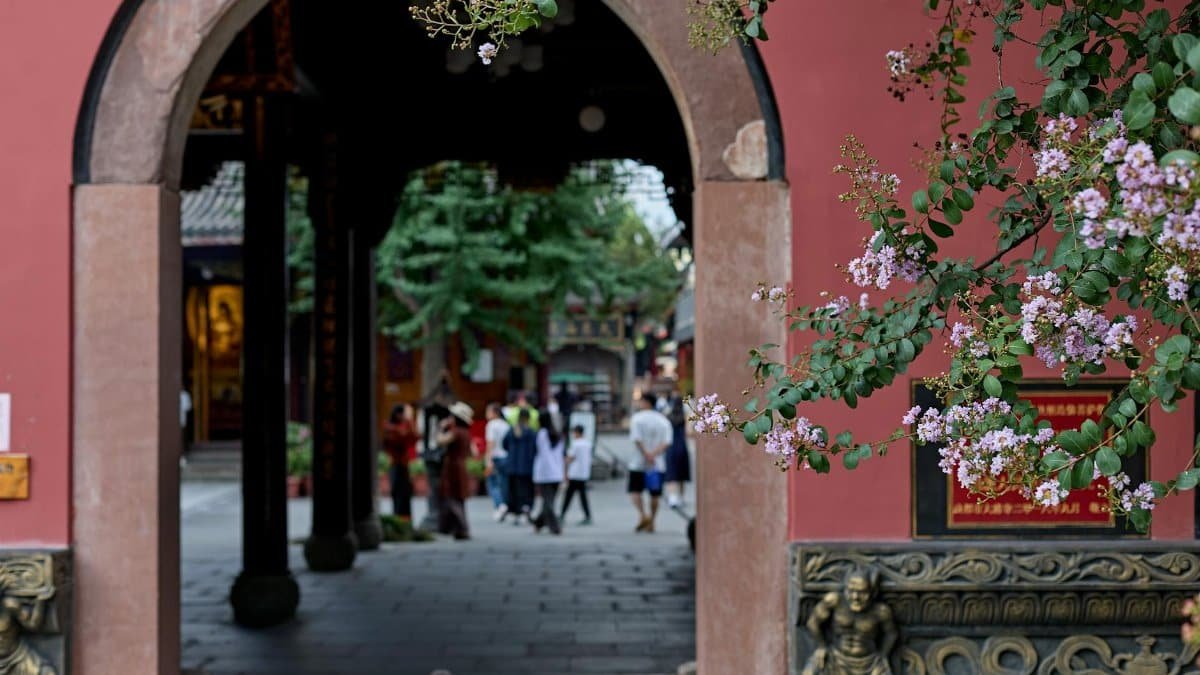In a world buzzing with chaos, a surprising stat reveals that 68% of Americans report heightened stress levels, according to recent polls from the American Psychological Association. But here’s the twist: peace growth, the deliberate cultivation of inner calm through mindful practices, is emerging as a game-changer for many. This approach isn’t just fluff—it’s backed by science showing reduced anxiety and better emotional resilience. As more people chase elusive tranquility, understanding peace growth could be the key to unlocking why so many struggle with true peace in 2025.
What Is Peace Growth Exactly?

Peace growth refers to the intentional process of nurturing inner serenity amid life’s storms. It’s not about ignoring problems but building mental tools to handle them without crumbling. Experts describe it as a blend of mindfulness, self-reflection, and habit formation that fosters emotional stability. For instance, daily journaling or meditation can kickstart this journey, leading to profound shifts in how one perceives stress. In spiritual circles, it’s seen as aligning with one’s core self, free from external noise.
The Hidden Barriers Blocking Your Peace

Many overlook subconscious hurdles like unresolved trauma or perfectionism that sabotage peace growth. Therapists note that clinging to past grudges acts like an anchor, preventing forward movement. A study from Harvard Medical School highlights how chronic stress rewires the brain, making calm feel foreign. Breaking these barriers requires honest self-assessment—admitting fears without judgment. Once identified, small steps like therapy or forgiveness exercises can dismantle them effectively.
Real-Life Impacts on Daily Life

Imagine starting your day without the usual dread. Peace growth practitioners report sharper focus at work and stronger relationships. In the U.S., where burnout affects over 70% of workers per Gallup data, adopting these methods has led to measurable productivity boosts. One executive shared how incorporating brief breathing exercises transformed his high-pressure job into something manageable, proving that inner peace translates to outer success.
Science-Backed Methods to Foster It

Research supports several techniques for peace growth. Cognitive behavioral therapy, for example, helps reframe negative thoughts, as detailed in findings from the American Psychological Association’s mindfulness resources. Another approach involves gratitude practices, which a study in the Journal of Positive Psychology linked to lower depression rates. Start with five minutes of focused breathing daily—it’s simple yet powerful for building resilience over time.
Common Misconceptions Debunked

Some think peace growth means becoming emotionless or avoiding conflict, but that’s far from true. It’s about responding thoughtfully rather than reacting impulsively. Critics dismiss it as New Age nonsense, yet evidence from the National Center for Biotechnology Information shows mindfulness reduces cortisol levels effectively. Dispelling these myths opens the door for more people to embrace it without skepticism.
Spiritual Dimensions Explored

In spiritual news trends, peace growth often ties to ancient wisdom traditions like Buddhism or Christianity’s contemplative prayer. Modern adaptations include apps guiding users through meditative sessions, blending faith with psychology. Followers report deeper connections to their beliefs, fostering a sense of purpose. As 2025 sees rising interest in holistic wellness, this dimension underscores why peace isn’t just mental—it’s soul-deep.
Challenges and How to Overcome Them

No path is without obstacles; distractions from social media or busy schedules often derail peace growth efforts. The key is consistency—set reminders or join accountability groups. Experts recommend starting small to avoid overwhelm, gradually increasing commitment. When setbacks hit, view them as learning opportunities rather than failures, which builds long-term habits.
Success Stories from Everyday People

Take Lisa M., a teacher from New York, who turned to peace growth after a burnout episode. Through yoga and reflection, she regained her spark, now advocating for it in her community. Similar tales abound, with many crediting these practices for navigating life’s ups and downs. These anecdotes highlight the accessibility of peace growth for anyone willing to try.
Integrating It into Modern Lifestyles

With remote work and digital demands dominating 2025, weaving peace growth into routines is crucial. Simple integrations like walking meditations during lunch breaks or tech-free evenings make it feasible. Wellness experts predict this trend will grow, as more Americans prioritize mental health amid ongoing societal shifts.
Why It Matters Now More Than Ever

In an era of political divides and global uncertainties, peace growth offers a personal anchor. It’s not a luxury but a necessity for mental survival. As studies continue to affirm its benefits, embracing it could redefine how we approach well-being, leading to healthier individuals and communities alike.
